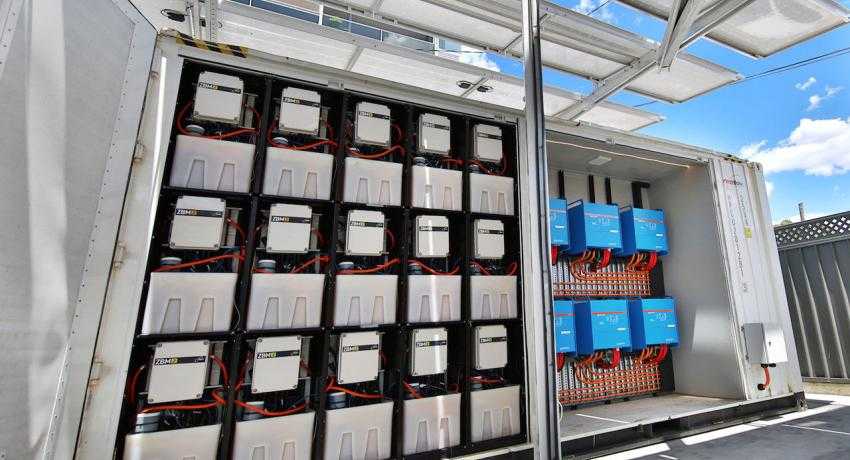Nanomaterials Could Dramatically Lower The Costs of Energy Storage
Nature carries many untold secrets in its bosom. Researchers who understand this look for breakthrough solutions in the unlikeliest of places. Now researchers at the Northeastern Center for Renewable Energy Technology (NUCRET) are exploring trees as a natural resource to create new sustainable materials.
Nanomaterials Derived from Cellulose
Cellulose, which is found within the chemical structure of microfibers that constitute tree wood, is now the subject of intense research at NUCRET. Julie Zhu, Northeastern’s assistant professor of mechanical and industrial engineering, along with her team of researchers is utilizing nanomaterials derived from cellulose to boost the future of renewables.
With some unique nanomaterials, Zhu and her team are trying to bring down the cost of large batteries that are required to store solar and wind energy. Cellulose, which is the most abundantly available natural polymer on this planet, constitutes the most vital structural component in trees and plants.
The molecular structures of cellulose can help to improve batteries, cut down plastic pollution, and support electrical grids that could power entire communities with green energy. According to Zhu, their research team is trying to use polymers from bark, wood, seeds, flowers, green tea, and bacteria to replace plastic.
Conventional Battery Membranes Pose Challenges
At present, the most advanced energy storage technology is flow batteries. These devices can be tweaked to store very large amounts of solar and wind energy without compromising the efficiency of energy output. The larger the tank, the greater is the amount of energy that a flow batter can store from renewable sources. However, the manufacturing process of these storage devices involves multiple hardware components. As the battery’s membrane (which separates the flowing substances) begins to decay, it will reduce the stability of the battery as well as its capacity to store renewable energy. Zhu says that the membrane’s limited efficiency, combined with the high manufacturing costs, are the key challenges that have deterred the widespread use of flow batteries in large-scale grids.
Nanomaterial Membranes Cost One-Tenth to Produce
Zhu reported in a recent research paper that a new membrane produced with cellulose nanocrystals can deliver significantly superior efficiency than the traditionally used membranes. Zhu’s team has tested various types of membranes built from cellulose nanocrystals in order to bring down the costs of flow batteries.
The research team says that the cost of their nanomaterial membrane is $148 per square meter (not including the marketing costs). This is nearly one-tenth of the prevailing price quotes for commercialized Nafion membranes at $1,321 per square meter.
Longer Battery Life with Cellulose Membranes
Additional tests done by the research team have also demonstrated that the cellulose nanomaterial members (produced in partnership with the Rogers Corporation) promises significantly longer battery longevity. The naturally derived membrane is particularly efficient because of its unique cellular structure.
The structure is composed of thousands of hydroxyl groups involving oxygen and hydrogen bonds that enable the transportation of water in trees and plants. In flow batteries, this molecular structure expedites the transportation of protons as they flow through the membrane.
The nanomaterial membrane also contains another polymer called PFH, which prevents the mixing up of positively and negatively charged acids. This promising nature-driven technology could proven to be a game changer for the future of renewable energy.




